Growing lavender from seed is an endeavor that demands patience and care, but it can be a rewarding experience for avid gardeners. Here's a comprehensive guide to successfully cultivating lavender from seed, covering everything from selecting the right type of lavender to caring for mature plants. The primary focus of this article is "Growing Lavender" from seed to maturity.
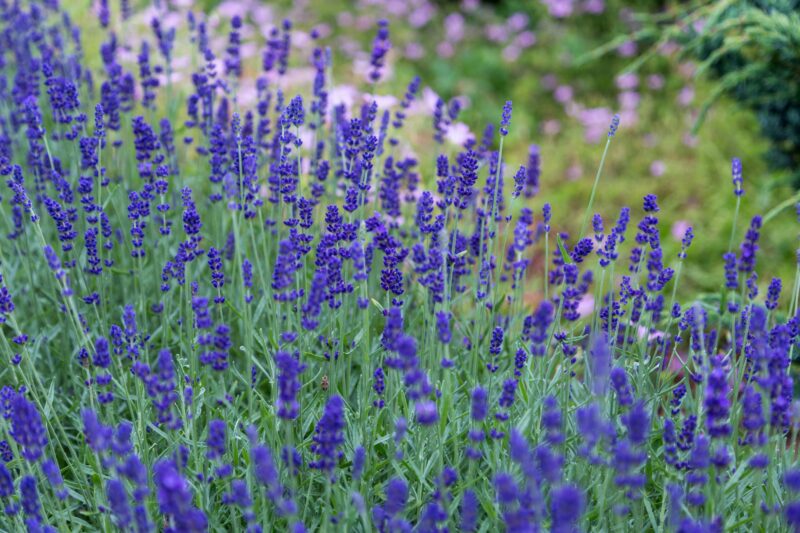
English Lavender (Lavendula angustifolia) is the most popular choice for growing from seed. Varieties like 'Hidcote', 'Munstead', and 'Lady' are favored for their hardiness and pleasant fragrance. Spanish Lavender, such as 'Fathead', is notable for its distinctive bee-attracting flowers. The 'Ellagance' series offers both purple and white cultivars.
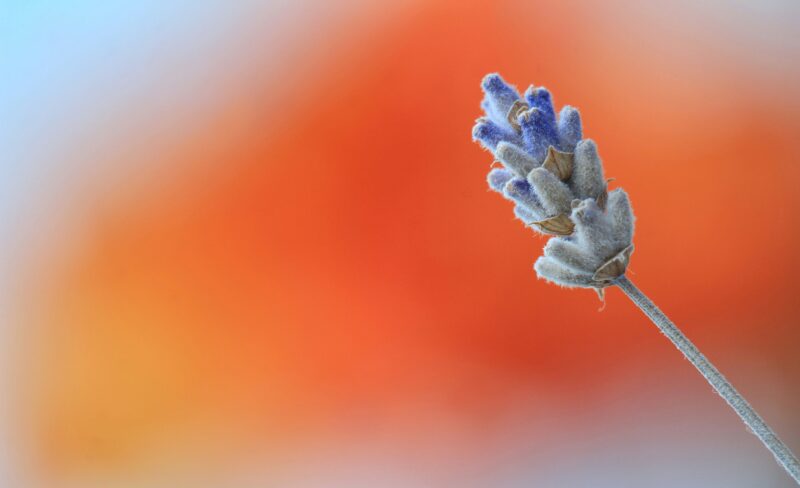
For the best results, start sowing lavender seeds indoors between late winter and early spring, about 6-12 weeks before the last expected frost. This gives the seeds ample time to germinate and establish before being transplanted outdoors. For specific advice on planting lavender from seeds in climates similar to Colorado, consider consulting this resource.
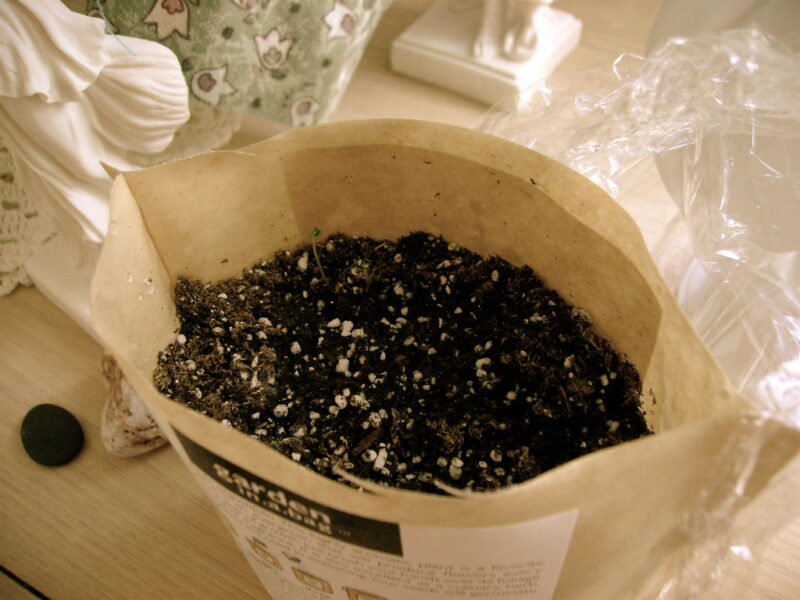
Lavender seeds typically germinate in 2-4 weeks. During this period, keep the soil consistently moist using misters or bottom watering methods to avoid oversaturation. Provide at least 16-18 hours of light daily, preferably using growing lights if natural sunlight is insufficient. As seedlings grow, it's crucial to maintain humidity while ensuring adequate airflow to prevent fungal diseases.
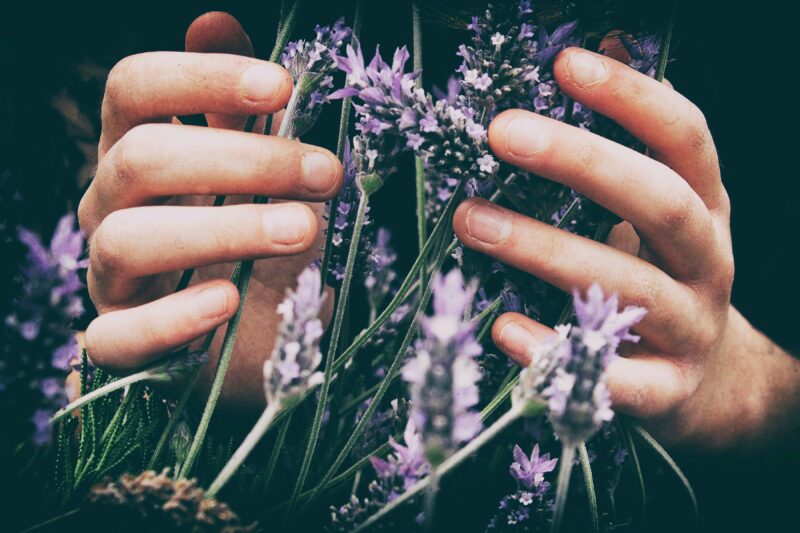
Once seedlings reach about 2 inches tall, transplant them into individual pots to allow for root expansion and growth. Gradually harden off seedlings by acclimating them to outdoor conditions, moving them outdoors after the last frost date when daytime temperatures consistently reach 65°F. This process is crucial when learning how to grow lavender from seed indoors. Learn more about when to transplant lavender for the best outcomes.
Lavender blooms starting from the second year and can be harvested from June to September. Harvest flowers before they open completely for the best color and fragrance. Lavender has many uses, extending from culinary applications in drinks and desserts to crafting and essential oil production.
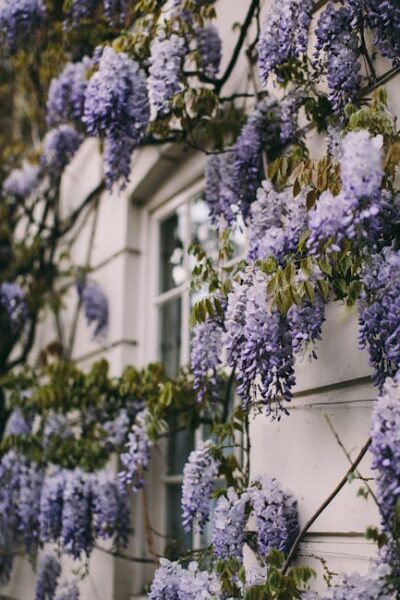
By following these guidelines on growing, caring, and using lavender, gardeners can enjoy this versatile and fragrant plant in their homes and gardens for years to come. Those curious about how to grow lavender from cuttings will find the transition straightforward once the lavender plant is mature and healthy. For practical examples of successful lavender cultivation, check out the King George Lavender Farm insights.
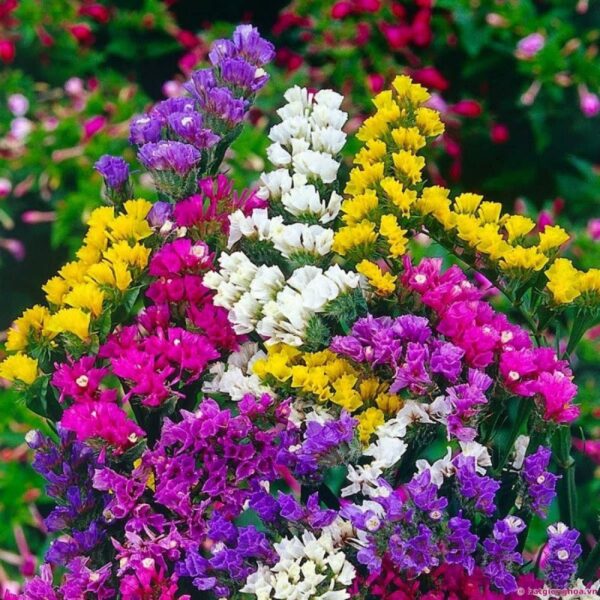
Embark on your gardening journey with the enchanting Sea Lavender Limonium Statica, perfect for growing lavender from seed. The vibrant hues captured in the product images—ranging from royal purples to sunny yellows and crisp whites—illustrate the diverse palette these flowers will bring to your garden. Drought-resistant and salt-tolerant, these seeds are a hardy choice that promises low maintenance and high visual impact, making them ideal for novice and experienced gardeners alike.
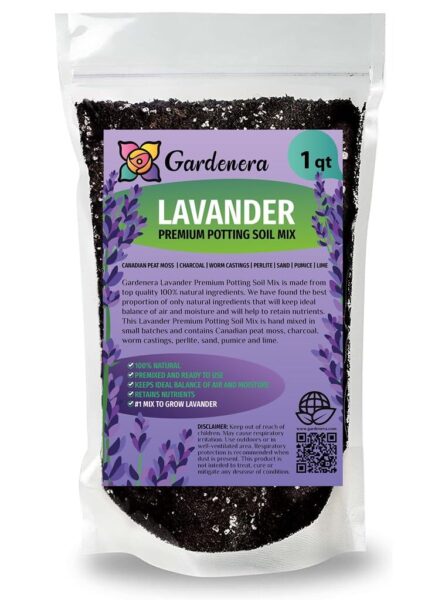
Embark on your lavender-growing journey with confidence by using the Gardenera Lavender Premium Potting Soil Mix. Its perfectly formulated, 100% natural ingredients create an environment where lavender seeds can thrive. The mix retains just the right amount of moisture, ensuring your seeds have the best chance to sprout. With an ideal balance of air and nutrients, this potting soil reduces guesswork, making it accessible for gardeners of all levels. See the difference quality soil can make for your lavender by exploring Gardenera's potting soil mix, designed to help your plants flourish.
As you embark on your lavender-growing journey, remember that the rewards will blossom beautifully with your patience and dedication. I'm thrilled to see how your garden progresses! If you're as captivated by the magic of lavender as I am, why not dive deeper and discover even more gardening tips and inspiration? Follow us on Pinterest for a delightful array of ideas. For stunning visuals and behind-the-scenes snippets, check out our Instagram. Don't forget to join the conversation and share your gardening triumphs with us on X, and keep up with our latest articles and updates by liking our Facebook page. Happy gardening!
While planting lavender seeds can be challenging, it is achievable with the right approach. To begin, sow seeds in a sterile seed-starting mixture. Since lavender seeds require light for germination, cover them only minimally. The germination process can take up to a month, although some seeds may sprout in as few as 14 days.
Lavender seeds typically begin to germinate in approximately two weeks, but it may take some time before the seedlings resemble mature lavender plants. It’s important to provide them with adequate water without allowing them to remain excessively damp. Ensure they receive plenty of sunlight to support healthy growth.
STEPS FOR GROWING LAVENDER SEEDS INDOORS
1. Begin by cold stratifying your seeds in the refrigerator.
2. Prepare your seed tray with a pre-moistened growing medium.
3. Place the stratified lavender seeds on top of the growing medium.
4. Position the sprouts in a warm area with ample sunlight.
5. Be careful not to overwater the seedlings.
